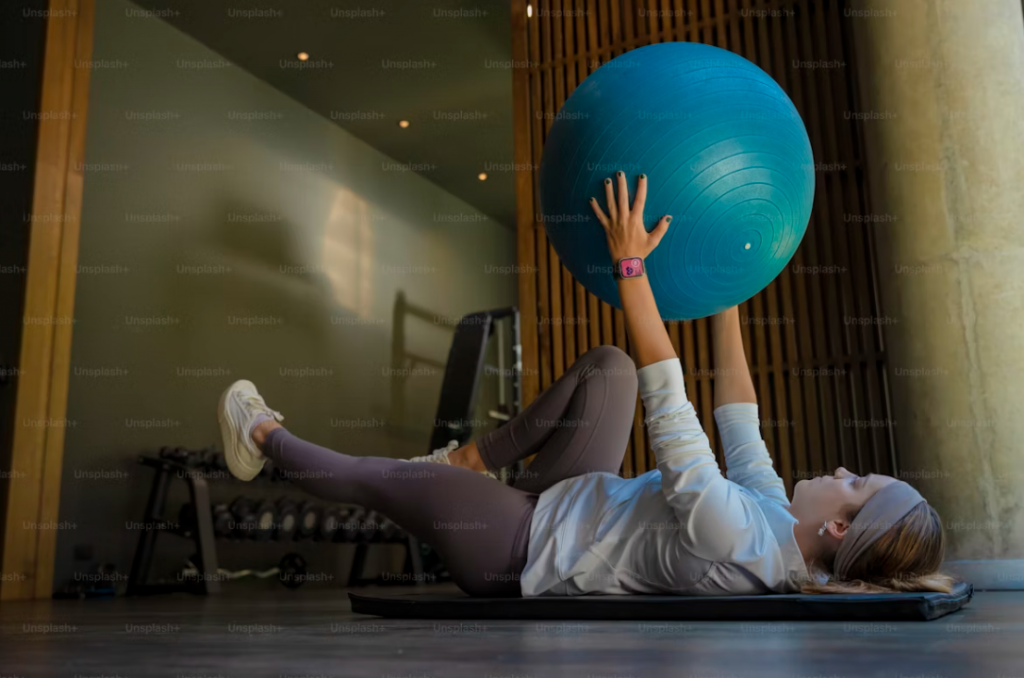Introduction
Fitness isn’t only about pushing hard—it’s also about recovering smartly. Active recovery keeps your body moving while repairing and rejuvenating muscles.
Why Recovery Matters
Preventing Overtraining
Adequate recovery reduces injury risk and prevents burnout.
Supporting Muscle Repair
Recovery allows microtears in muscles to heal stronger.
Boosting Long-Term Performance
Consistent recovery maximizes fitness gains over time.
Active vs Passive Recovery
Light Exercise for Recovery
Gentle activities improve circulation and remove lactic acid.
Rest Days and Sleep
Sleep is critical for hormonal balance, tissue repair, and energy restoration.
Techniques for Active Recovery
Walking and Light Jogging
Promotes blood flow without stressing muscles.
Yoga and Stretching
Enhances flexibility, reduces stiffness, and relaxes the nervous system.
Swimming or Cycling
Low-impact options that maintain movement and improve cardiovascular recovery.

Incorporating Recovery into Training
Post-Workout Cooldowns
Gradually reduce intensity to help heart rate and blood pressure normalize.
Alternating Intensity Levels
Schedule easy days after hard training to balance stress and recovery.
Periodization Planning
Integrate cycles of intensity and recovery for optimal progress.
Nutrition and Hydration
Protein Intake for Repair
Supports muscle rebuilding and adaptation.
Anti-Inflammatory Foods
Fruits, vegetables, and omega-3s reduce post-workout inflammation.
Electrolytes and Hydration
Maintain fluid balance to support recovery and performance.
Monitoring Recovery
Heart Rate Variability (HRV)
Tracks stress and readiness to train.
Sleep Quality Tracking
Indicators of adequate recovery and energy levels.
Perceived Fatigue Levels
Listen to your body to avoid overtraining.
Mindfulness and Mental Recovery
Meditation Techniques
Reduces stress and improves mental resilience.
Breathing Exercises
Enhances relaxation and recovery efficiency.
Reducing Stress Hormones
Helps maintain hormonal balance critical for fitness adaptations.
Common Mistakes in Recovery
Skipping Cooldowns
Neglecting cooldowns slows recovery and may increase soreness.
Ignoring Fatigue Signals
Overtraining leads to injuries and performance decline.
Over-Reliance on Passive Rest
Movement enhances circulation more than complete inactivity.
Conclusion
Balancing fitness and recovery is an art. Active recovery techniques, proper nutrition, and mindful practices ensure sustainable progress and long-term athletic performance.